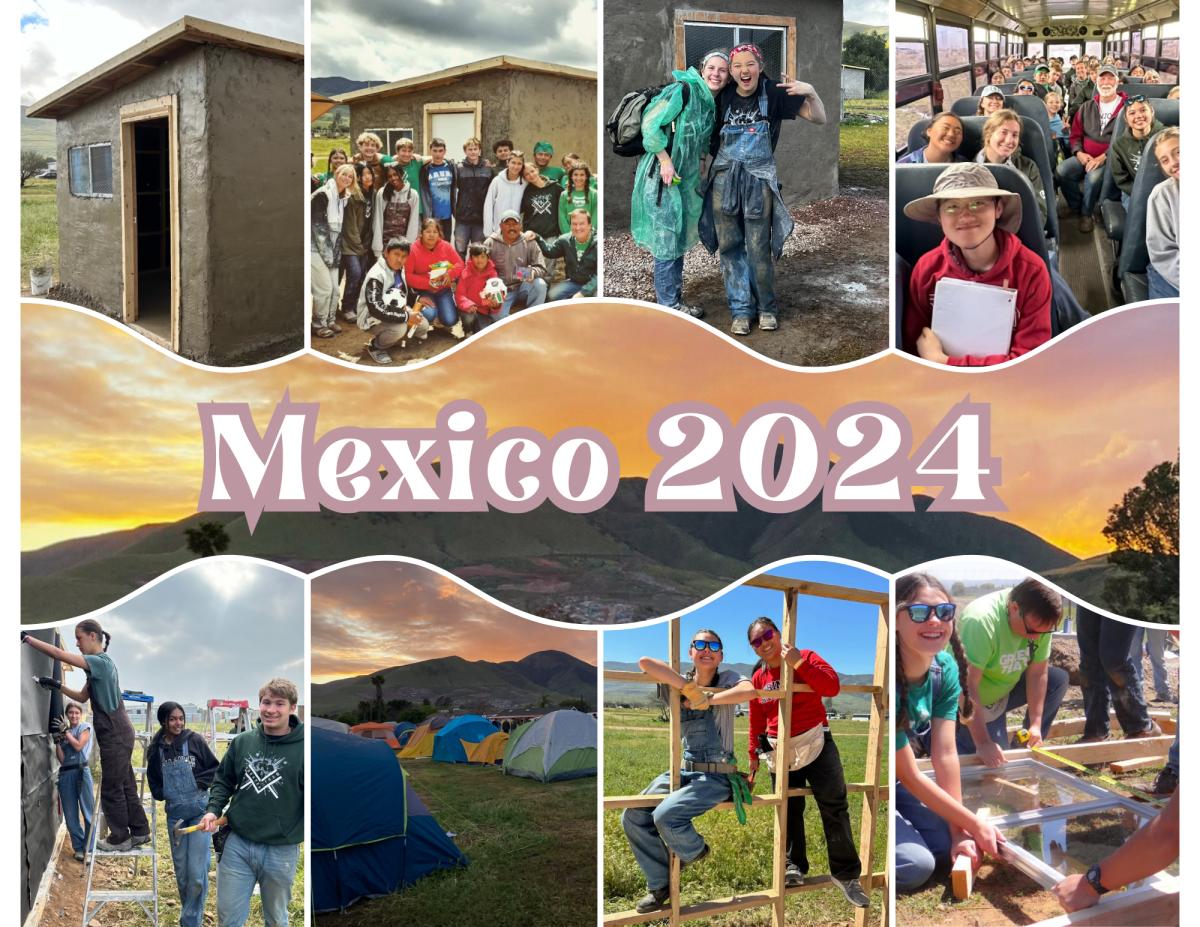Over two centuries ago, the Saclan Native Americans thrived in what is now known as Lamorinda, a region that was once their ancestral home. Belonging to the East Bay Miwok tribes, several villages were scattered throughout the terrain with a population of around 70-200 people in each.
Their way of life, deeply rooted in conservation and environmental respect, reflects a bygone era when communities lived harmoniously with nature. As documented in California Mission records dating back to 1794, the Saclans were known for their celebratory spirit, incorporating dance and festivities into their ceremonies.
Their villages strategically situated near streams and creeks allowed them access to vital resources like fish and water. The distinctive dome-shaped tule houses served as tribal dwellings, and the Saclan people utilized hunting tools crafted from bones and wood to make spears, arrows, knives, clubs, and nets. The Saclan men were expected to hunt as the women gathered food.
While embracing a minimalistic approach to clothing, the Saclans adorned themselves with jewelry made from shells, bones, and wood. Tattoos and long hair were prevalent, cutting it short only as a sign of mourning. Each village had a leader who served as a problem solver and tribal judge. The title was inherited and passed down from father to son fostering inter-tribal marriages to open trade and maintain peace.
However, the idyllic facade of Saclan life was shattered when Spanish influence reached their shores. The Saclans resisted, often raiding local missions to kidnap fellow tribesmen who had voluntarily embraced Christianity. This contact with the Spaniards and the exposure to foreign diseases became the beginning of the end for the Saclan population. Many of today’s descendants have intermarried with the larger Chochenyo Ohlone community.
As a result of the Spanish Empire’s expedition into Alta California in 1769, Native American tribal groups residing along the coast experienced the onslaught of a multifaceted colonial system. Colonization employed a variety of strategies, including violence, to enforce its rule over indigenous people. On August 20th 1835, Joaquin Moraga and his cousin Juan Bernal formally requested a land grant from the independent Mexican State of Alta California. This was common practice for descendants of well-connected families and soldiers in the newly settled land, since Mexico passed a law in 1828 authorizing such grants. Governor Juan Bautista Alvarado awarded the land grant, initially comprising over 20,000 acres.
Survival strategies employed by the indigenous people included maintaining social distances from colonists, overt destruction of relationships with the Spanish elites of the missions, and abandonment of leadership roles of alcaldes within the mission system by becoming resistance leaders. During the late 18th century of Alta California’s emergent Mission Period, many Native Americans of the San Francisco Bay Area resisted the adverse effects of mission life. The reaction of the Spanish toward this resistance was one of swift retribution and military actions, including the destruction of non-Christianized villages harboring runaway neophytes. This was a successful military strategy due to the mission’s spheres of influence within the greater San Francisco Bay Area and adjacent inland areas.
The remnants of Saclan civilization are discovered through artifacts and burial sites scattered across Lamorinda. Skeletons, mortars, pestles and arrowheads tell the tale of a once vibrant community.
In the spirit of celebrating the Saclan’s rich history, Rheem Elementary School continues to host its Native American Days as part of the Moraga School District’s Living History Program, an annual event that enables all third grade students to learn about indigenous peoples and participate in related activities.
Upon arrival at Native American Days, each class is divided into three “tribes.” Each tribe rotates through four activities: a hike, games, home-building and crafts. During the hour-long hike, students listen to Native American stories while looking for bones and snake skins that were planted by parent volunteers. They also look for significant plants like poison oak and bay leaves. They learn a modern version of a Native American game that trained older children to accurately throw spears. Bark houses were built using redwood and rocks and the kids played floor games inside. The crafts included basket weaving and making prayer sticks.
Rheem’s Native American Days serve as a poignant reminder of the need to embrace and respect the indigenous roots of the land we now call home. As we engage in these cultural experiences, we are foraging a bridge between generations, ensuring that the Saclan legacy lives on in the hearts and minds of those who live in Lamorinda now.

